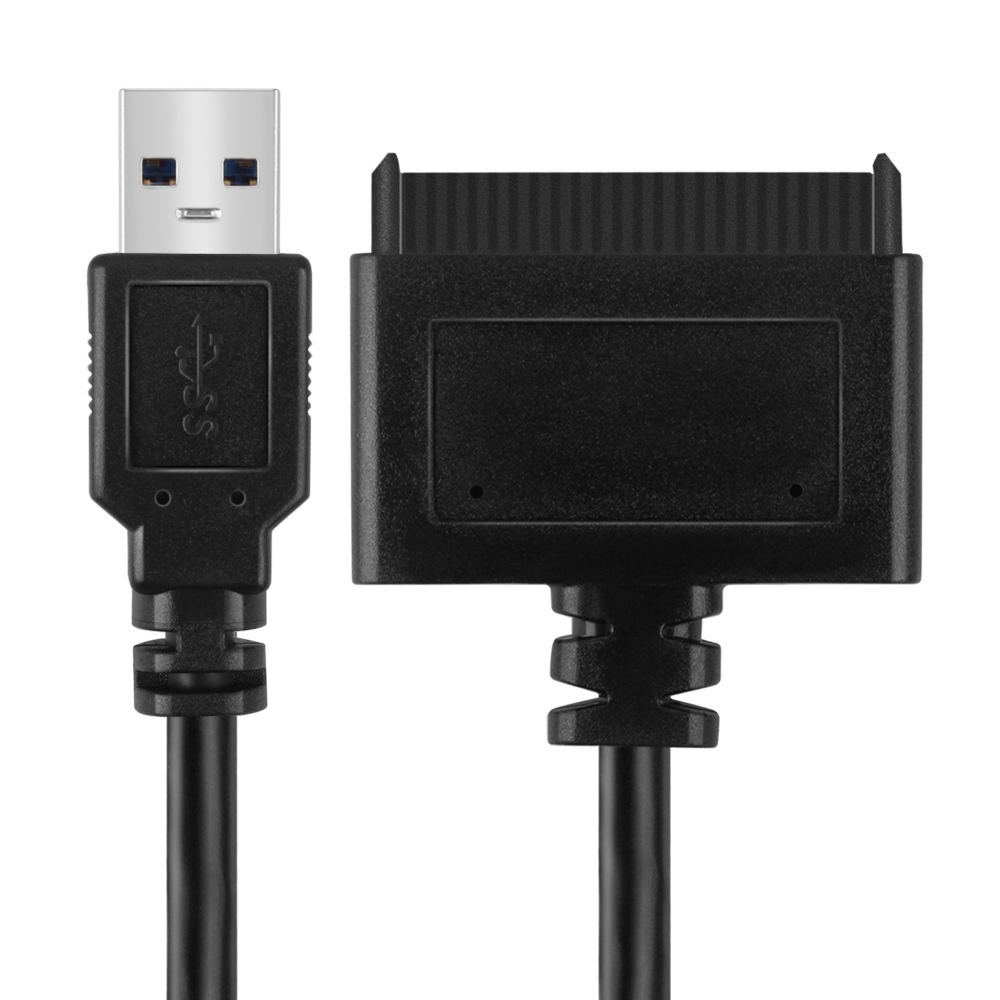
No external power needed: The USB interface was developed from the first day to double duty as DC power supply.  Compact Size: USB sockets are small in dimensions as compared to RS232 or parallel ports. The new version releases of USB obviously have greater data transfer speeds for different file formats: Data Size Real Time Streaming, Portable SDtorage Devices The current version USB 3.0 supports four different data transfer modes: Modes But by the year 2000, demand for high-speed communication had surged up and USB 2.0 was released to meet out the expectations. The initial versions of USB (pre-release versions and USB 1.0) were developed for slower devices. Even a single USB port can be extended to multiple USB ports using an extension hub. Many peripherals can be connected to a single host device. By the “Host”, here means that the data communication is managed by the host device with the help of relevant driver software. For example, when a USB flash drive (Pen drive) is inserted into USB port of a personal computer, the flash drive is the peripheral and a personal computer is the host device. Till now, USB 3.1 (launched in July 2013) has been released and the standard is now maintained and developed by USB Implementers Forum.Īny USB interface connects two devices where one device is connected as Host and the other device connects as peripheral. Nowadays, USB is the standard and must-have interface on almost all motherboards, single board computers and the embedded microcontroller boards and almost every digital peripheral from regular computer peripherals like keyboard, mouse and joysticks to smart digital devices like cameras, flash drives, smartphones and tablets, all comes equipped with the USB port(s).
Compact Size: USB sockets are small in dimensions as compared to RS232 or parallel ports. The new version releases of USB obviously have greater data transfer speeds for different file formats: Data Size Real Time Streaming, Portable SDtorage Devices The current version USB 3.0 supports four different data transfer modes: Modes But by the year 2000, demand for high-speed communication had surged up and USB 2.0 was released to meet out the expectations. The initial versions of USB (pre-release versions and USB 1.0) were developed for slower devices. Even a single USB port can be extended to multiple USB ports using an extension hub. Many peripherals can be connected to a single host device. By the “Host”, here means that the data communication is managed by the host device with the help of relevant driver software. For example, when a USB flash drive (Pen drive) is inserted into USB port of a personal computer, the flash drive is the peripheral and a personal computer is the host device. Till now, USB 3.1 (launched in July 2013) has been released and the standard is now maintained and developed by USB Implementers Forum.Īny USB interface connects two devices where one device is connected as Host and the other device connects as peripheral. Nowadays, USB is the standard and must-have interface on almost all motherboards, single board computers and the embedded microcontroller boards and almost every digital peripheral from regular computer peripherals like keyboard, mouse and joysticks to smart digital devices like cameras, flash drives, smartphones and tablets, all comes equipped with the USB port(s). 
These companies were aiming to replace the then parallel ports and the external power chargers with a universal communication standard that could simplify data exchange and could double duty to supply power as well. The interface that saw the light of day around the mid-1990s was a joint effort of seven companies – Compaq, DEC, IBM, Intel, Microsoft, Nortel, and NEC. Universal Serial Bus (USB) is the de facto interface for computer peripherals to communicate with the personal computers.







 0 kommentar(er)
0 kommentar(er)
